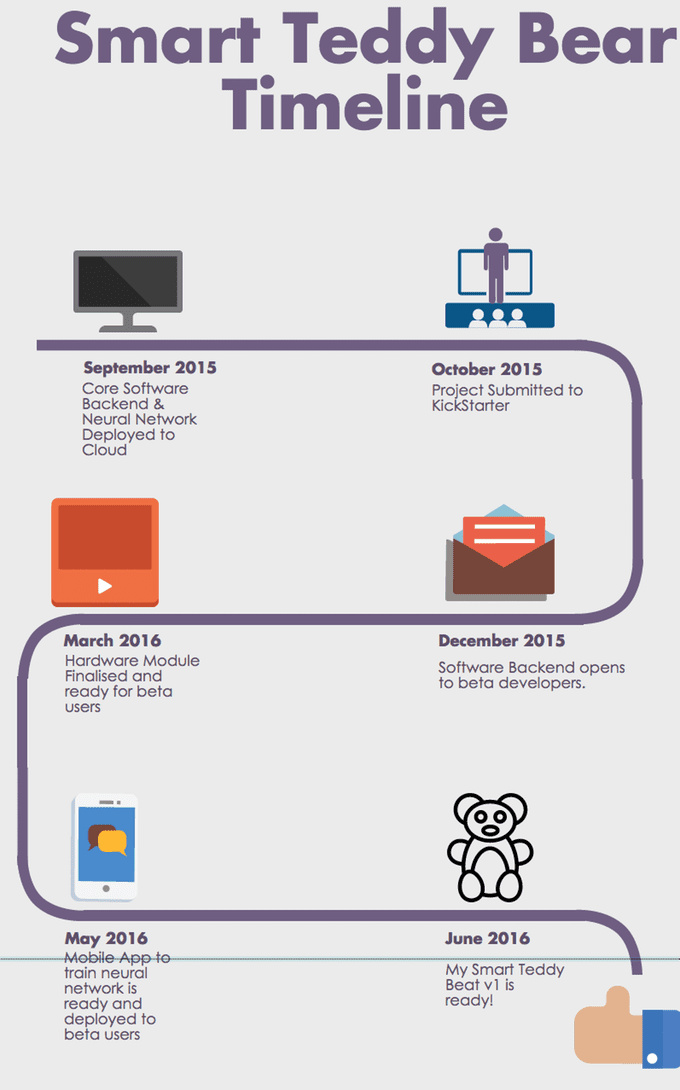Previously Published to TMC Net’s Mobility TechZone
As of this week, Verizon gave in and has begun allowing customers with Samsung Galaxy S6 and S6 Edge to take advantage of Wi-Fi calling through their smartphone devices. Although customers using other Android devices and iPhones will have to wait until early 2016, customers on thes e Samsung devices will be the first of many happy customers who will now directly connect to Wi-Fi in areas where reception is horrible, while traveling abroad or to simply save on minute usage.
An alternative to traditional mobile phone service, Wi-Fi connections tend to be clearer, faster and allow for optimal video conferencing. While many argue that this can already be done via apps like Skype and Facebook Messenger, Verizon ensures a secure connection with no additional fees, while using the mobile device as usual. It also avoids the need to download additional applications and be at risk for security breach or virus.
Networks are increasingly adopting Wi-Fi calling capabilities to cut back on network utilization, improve customer experiences and to claim larger coverage area. Using Wi-Fi capabilities when texting, allows for faster transmissions of data. Pictures and video are sent and received more quickly during connection to a network, even allowing data to be transmitted while in calls.
Wi-Fi calling will automatically switch on when the mobile network is unresponsive. This means that users will still be connected to the outside world when connection is choppy or in roaming. Users will experience less dropping in calls and won’t miss important phone calls while out of network range.
T-Mobile, AT&T and Sprint have already adopted this option into their current service options. Sprint, for example, has offered unlimited calling for years now, and was one of the earliest adopters of this technology, as existing Comcast contracts prevented them from expanding and upgrading phone towers in some localities. Interestingly enough, Sprint is also one of Google’s preferred providers, allowing users to connect Sprint phone numbers directly to Google’s Voice platform, synchronizing text messages and call logs, while using the same telephone number across a plethora of devices.
Through this same concept, Google made Wi-Fi calling possible on tablets and various non-traditional devices by providing a virtual telephone number and enabling calling over both Wi-Fi and data connections. Google recently launched its own cellular plan that embraces Wi-Fi, as Project Fi allows users to pay only for the data they actually use.




